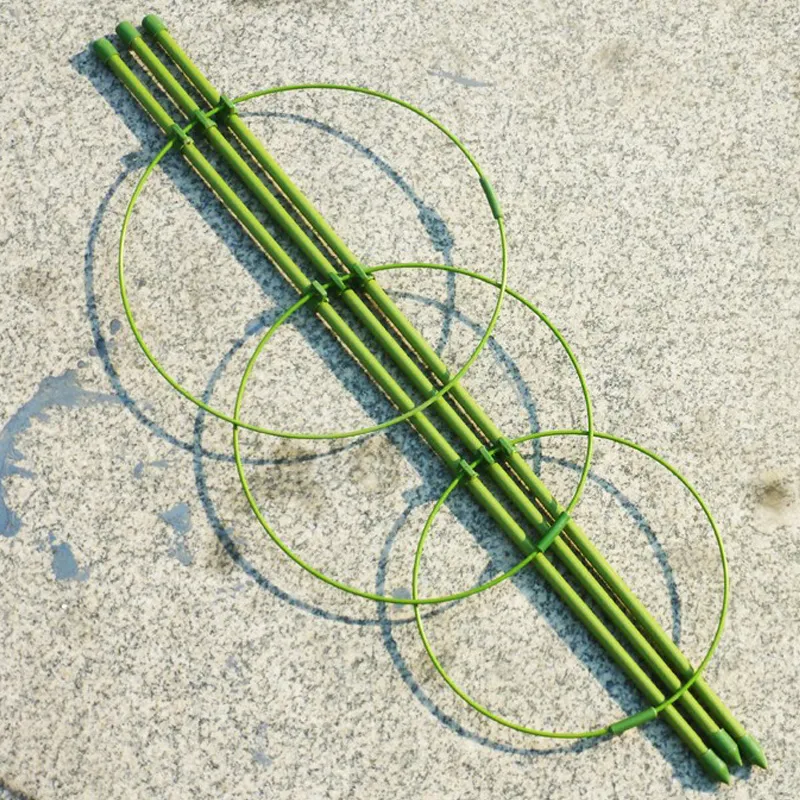

4. Cement-Coated Common Nails These nails are coated with a resin adhesive that activates with the heat generated by friction during hammering. Cement-coated nails are particularly beneficial for subfloor installations and hardwood flooring, where maximum holding power is vital. As the nail is driven into the material, the adhesive bonds with the wood, preventing the nail from backing out over time. For projects that require exceptional durability and resistance to separation under pressure, cement-coated common nails provide an indispensable solution. 5. Duplex Head Nails Duplex head nails feature a double head design, making them invaluable for temporary constructions such as scaffolding and concrete formwork. The protruding second head allows for easy removal and reuse, saving time and resources on temporary structures. Although the upper head is visible, making these nails unsuitable for finish work, their capacity for simple removal without damaging the material makes duplex nails an excellent tool for projects requiring disassembly. This characteristic is crucial in dynamic construction environments where efficiency and economy are prioritized. 6. Annular Ring Shank Nails Also known as ring shank nails, these have circular rings along the shank that provide superior holding power. They're especially effective in preventing wood movement or nail popping in softwood, often used in siding and roofing applications. The gripping rings act much like a screw, embedding firmly and resisting pullout. This makes them highly valued in areas subject to vibration or stress, as they maintain a tight hold throughout the structure's life cycle. For projects where security against movement is paramount, annular ring shank nails are the go-to option. Incorporating the right type of nail not only enhances project efficacy but also ensures structural integrity and longevity. Each type of common nail brings specific advantages tailored to particular tasks, reinforcing the importance of choosing the right nail for each job. Understanding these distinctions empowers both novice DIY enthusiasts and seasoned professionals to make informed decisions that will impact the quality and success of their projects.

















